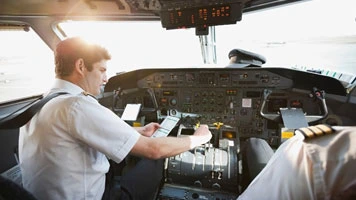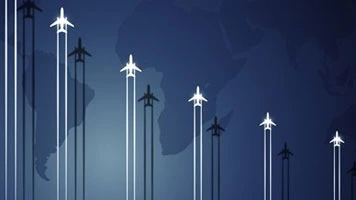Pilot and Crew Training in India

Pilot and crew training in India follows a structured process designed to meet global standards, ensuring the safety and operational efficiency of air travel. Below is an overview of the key elements:
Pilot Training
- Eligibility: Aspiring pilots typically need to have completed their 10+2 education with Physics and Mathematics as core subjects. They must also meet specific medical and age requirements.
Types of Licenses
- Student Pilot License (SPL): The initial license, allowing individuals to start flight training.
- Private Pilot License (PPL): Permits flying for personal use and non-commercial activities.
- Commercial Pilot License (CPL): Allows individuals to work as professional pilots for airlines or other commercial entities.
- Airline Transport Pilot License (ATPL): The highest level of pilot certification, required for captaining large commercial aircraft.
Training Curriculum
- Ground School: Focuses on theoretical subjects, including aviation meteorology, air navigation, aircraft systems, and aviation regulations.
- Flight Training: Provides practical experience in both single-engine and multi-engine aircraft, covering basic maneuvers, cross-country flights, and instrument flying.
- Examinations and Assessments: Throughout the training, students undergo written tests, oral exams, and flight checks.
- Licensing: Upon successful completion of the training and exams, pilots receive their licenses from the Directorate General of Civil Aviation (DGCA), India’s regulatory body.
Crew Training
- Cabin Crew Training: Cabin crew undergoes comprehensive training to ensure
passenger safety
and provide excellent service. The training includes:
- Emergency procedures and safety protocols
- First aid and medical assistance
- Customer service and communication skills
- Aircraft familiarization and cabin management
- Other Crew Training: Training is also provided to other crew members, such as flight dispatchers and ground staff, focusing on their specific roles and responsibilities.
Regulations and Standards
- DGCA Regulations: The DGCA sets the training standards and regulations for pilots and crew in India, ensuring compliance with international norms.
- International Standards: Indian training programs align with the standards set by the International Civil Aviation Organization (ICAO).











